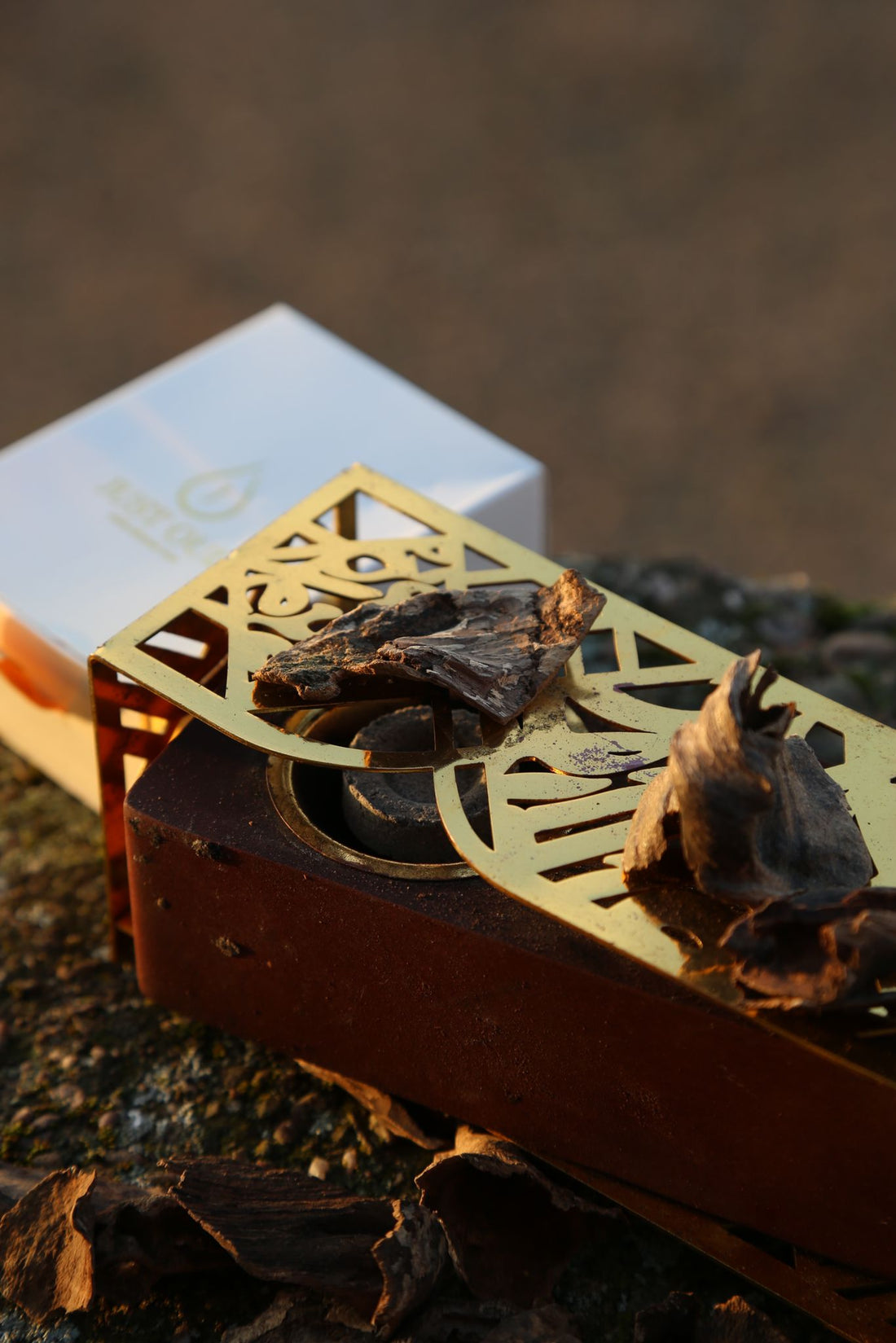What is Agarwood?
Agarwood is a highly valuable wood that has been traded in many parts of the world for hundreds of years, stemming primarily from Aquilaria and Gyrinops, the two major agarwood-producing genera.
Due to its rarity, prices have rocketed over the years, even within the last few decades increasing many-fold. Now the Agarwood sector is officially worth $6-8 billion dollars globally, though this is without including all the unrecorded sales; in our estimation it may be double or triple this.
Grading Agarwood
The real question is then, how does one ascertain the grade of Agarwood they are dealing with? The simple answer is, different countries use different grading system and each vendor has their own interpretation of the grading system used in their region/culture.
We see a few systems globally:
We see a few systems globally:
1. The alphabetic grading system (C, B, AB, A, AA, AAA)
2. The water grading system (Regular, Semi-Sinking, Half Sinking, Sinking, Fast Sinking, Underwater)
3. The resin saturation grading system (Super, Double Super, Triple Super)
4. The size grading system (Baby, Baby King, King, Queen)
5. The purpose grading system (Collectors, Incense, Connoisseur, Showpiece, Seyufi)
Because each vendor has their own standard, what one vendor may call 'Super' others call 'Triple Super', what one vendor calls 'C' others call 'A'.
To help give some clarity to this phenomenon, we will be drawing primarily from the wonderful study by Mohamed, R., & Lee, S. Y. (2016). All figures and tables are from this piece, and referenced at the end.
4. The size grading system (Baby, Baby King, King, Queen)
5. The purpose grading system (Collectors, Incense, Connoisseur, Showpiece, Seyufi)
Because each vendor has their own standard, what one vendor may call 'Super' others call 'Triple Super', what one vendor calls 'C' others call 'A'.
To help give some clarity to this phenomenon, we will be drawing primarily from the wonderful study by Mohamed, R., & Lee, S. Y. (2016). All figures and tables are from this piece, and referenced at the end.
Darker wood is thought to have higher amount of resin, or oleoresin compared to a light wood (see Figure 1 below). The darker color also indicates that the agarwood stems from older trees

Figure 1 adapted from Fig. 10.1 by Mohamed, R., & Lee, S. Y. (2016)
Often graded as A/B/C across different countries and vendors, the higher resin content is typically visible in higher graded pieces, though again this is subjective and dependent on the seller (see below).
In the Malaysian market, terms such as Super and Double Super are also common, indicating resin coverage.
Table 1

In the Indonesian market, grades also compare weightage, with sinking varieties being thought of as typically much more valuable, due to the weight of the resin within, than non-sinking or floating variants. Note that high resin saturation does not always mean sinking capacity and sinking does not mean a necessary pleasant smell profile as there are ways to adulterate or fabricate the grade of agarwood.
Table 2

As can be seen from these two markets alone, grading depends on the one selling as well as other factors, and so typically advice has been that customers and consumers should experience different woods, and rely on trust and their own sense of smell until they find reliable sources to buy from. Although time-consuming, this is the safest way when not buying from a reputable vendor.
Purchasing Agarwood safely
What we at JustOud always aim to do is define our Agarwood by age, to give true numeric quantification that can be measured. All of our wood is either 20-year-old, 30+ year old and so on. We then attempt to define by traditional A/B/C classification and mention sinkability where applicable. In this manner, we want to give the fullest picture at all times. Lastly, we offer cheap (£3) sample packs which make us no profit, so that you can try any wood piece you wish before you truly buy, and experience the beauty of true Agarwood in its purest form.
References:
Mohamed, R., & Lee, S. Y. (2016). Keeping up appearances: Agarwood grades and quality. In Agarwood (pp. 149-167). Springer, Singapore.

